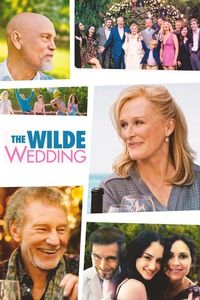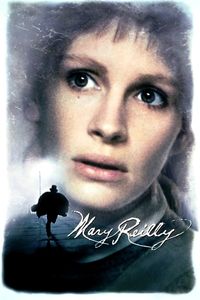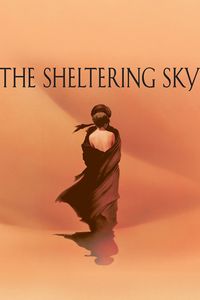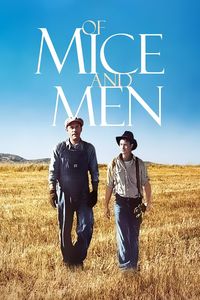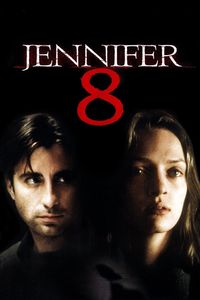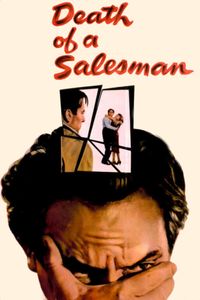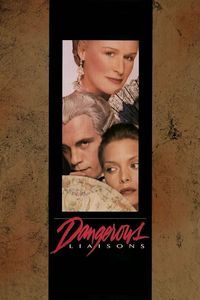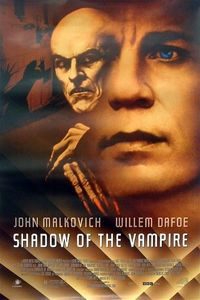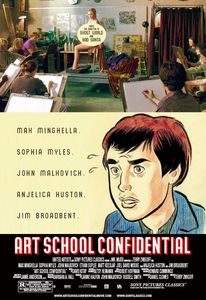(In French, On TV, August 2021) I rarely talk about the quality of a French dub, let alone lead a review by its mention. There are a few good reasons for that: Not only are French dub assessments of no interest to Anglophone readers of these reviews, the French dubbing industry has grown remarkably competent during the decades of American filmmaking hegemony. It’s not rare to find some clever turns of phrase in the translations, and the actors specialized in dubbing are good at what they do — films with less-than-average actors are often improved by the dubbing process. (Madonna and Kirsten Stewart, for instance, are far better in French than in English — their dull line readings are improved by more capable actresses.) In other words — most of the time, it doesn’t make that much of a difference if you see a film in original English or in dubbed French. But we Francophones have grown complacent regarding the quality of dubs, and it takes one striking counterexample to highlight how good we’ve got it, and that example is the French dub of The Wilde Wedding (“Mariage chez les Wilde”), which is by far the worst dub I’ve experienced in years. There’s a basic disconnect between the voices and the actors, and the dub direction is atrocious to the point of wondering who allowed it to be released. The worst performers are, alas, the most important two: The male lead (played by John Malkovich in English, and a wheezing amateur in French) and—ack—the narrator of the film dubbed with an almost-complete lack of affect that makes you wonder if it wasn’t a voice synthesizer at work. I’m not blaming the dubbing actors as much as the dub director here, because it’s that’s terrible. Worse: this terrible dub is overlaid on top of a film that would be disappointing even in an original 4K 3D stereo widescreen presentation: Taking on the old trope of a wedding bringing together friends, family and exes in a posh remote location, it starts out breathlessly presenting more than a dozen characters, only a handful of which will prove to be actually important in the ensuing chaos. There are so many sex scenes shown or implied that it probably would have been better as a pornographic film. Worse yet: The Wilde Wedding leads to a place so trite that you can see it coming well in advance, and can’t muster any sympathy for the characters. (If you were expecting anything close to the wit of Oscar Wilde, as I was… you’re not going to have a good time.) The result is all the more disappointing that it features actors that I either really like (Minnie Driver, Patrick Stewart — albeit that last one near unrecognizable with some curly hair) or respect. (Glenn Close, Malkovich, bringing back memories of Dangerous Liaisons that aren’t to this film’s advantage.) They don’t have a lot to play with, even with sex hijinks and family strife (and sometimes sexy family hijinks). Even the plotting feels doubly dubious toward the end: Much of the third act is a detonation caused by a character sleeping with… the only dark-skinned character of note, whose exoticism in the middle of so many WASPs is highlighted by her bisexuality and her dancing at the drop of, er, anything. Hey, I get it — Paula Singer is lovely. But she’s stuck with a really problematic character in the middle of a damaged film. Even the extensive use of electro swing, a favourite genre of mine, simply sticks out incongruously. Writer-director Damian Harris clearly fumbles the ball here, and his multi-decade career means that he doesn’t have the excuse of youth or inexperience. But the result is a disappointment no matter the reason, as they layer on top of each other. At least watching it in the original English will remove the constant irritation of the French dubbing.
